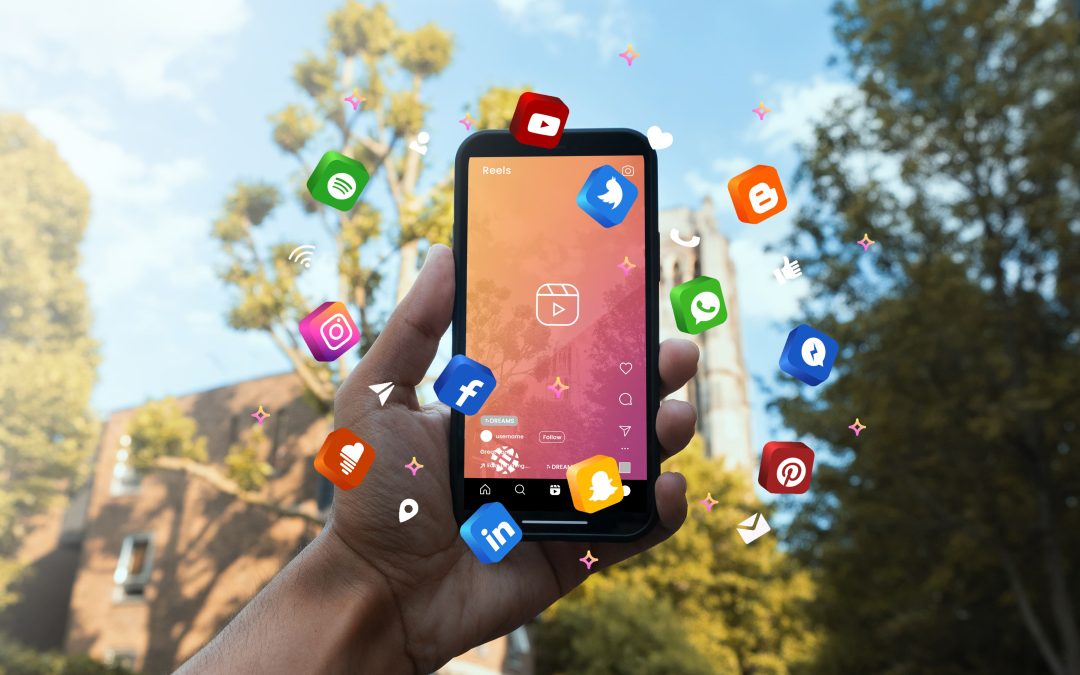Did you realize that more people own mobile phones than toothbrushes? It is true! With over 5 billion people using mobile phones worldwide, social media has become an unavoidable aspect of our daily lives.
However, many intriguing characteristics of social media frequently go unnoticed. Let’s look at some startling facts regarding your favorite apps that may just blow your mind!
First up, Instagram. You likely use it to share pictures and videos, but did you realize it wasn’t always that way? When Instagram first began, it was known as “Burbn” and centered on check-ins and planning. It was only afterwards that the founders decided to shift their focus to photo sharing, resulting in the Instagram we all know and love today.
Then there’s Twitter, which is often regarded as the go-to source for short updates and news bites. Twitter was originally designed as an SMS-based communication medium, hence the 140-character limit (since expanded to 280 characters). Think how different Twitter would be if it kept to its SMS beginnings!
What about Facebook’s iconic ‘Like’ button? Trust it or not, it nearly didn’t exist. Initially, the plan was to call it the ‘Awesome’ button. Imagine browsing through your page and seeing everyone’s ‘Awesome-ing’ posts rather than ‘liking’ them!
Social networking is more than just a game; it’s also a serious business tool. More than 90% of marketers say social media marketing has considerably boosted their business exposure. It’s an effective strategy for attracting new customers, fostering brand loyalty, and increasing revenue.
The demographics of these platforms can also be surprising. Snapchat, for example, is mostly utilized by young people, with more than 70% of users under the age of 34. LinkedIn, which caters to professionals, has a more even age distribution.
The effect of social media on psychological well-being is currently a popular topic. It produces both positive and negative results. On the plus side, social media enables people to stay connected, find support groups, and access useful information. However, if not used properly, it may compound feelings of anxiety, depression, and loneliness.
Finally, consider the following: the average person spends approximately 2 hours and 24 minutes every day using social media. That’s nearly a sixth of their working hours! With so much time spent online, it’s no surprise that these platforms have such a strong influence on our lives.
Social media offers more than simply a tool to connect. Its history, evolution, and influence are full of startling facts that demonstrate its complexities and importance in today’s society. Whether affecting corporate plans or influencing our everyday routines, social media continues to play an important part in our lives.

